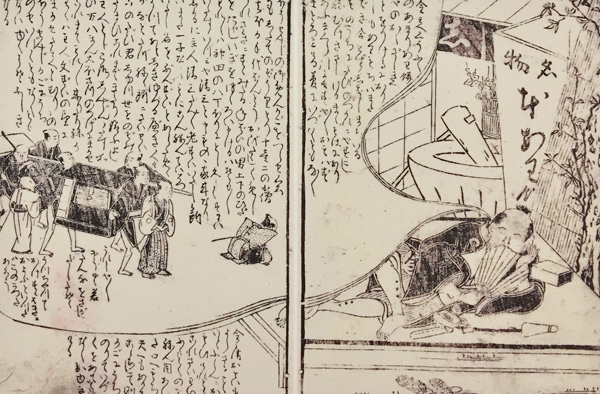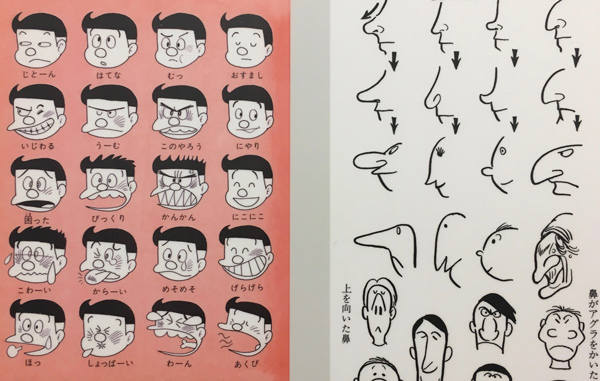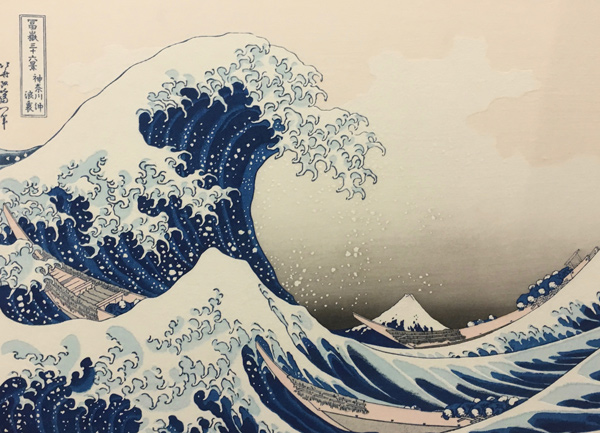Manga, the comic book genre, and Katsushika Hokusai, the legendary Japanese artistic genius who deeply influenced its creative roots are getting a fresh look with an educational twist. Not just visual entertainment, manga’s historical how-to process and its real and fictional stories come to play in this engaging and unusual exhibition at Japan Foundation Los Angeles.
Hokusai (c.1760-1849) is probably best known for his woodblock print, The Great Wave Off Kanagawa. But the prolific painter and ukiyo-e (“pictures of the floating world”) printmaker is not often recognized for his technical expertise or his scientific approach. For some he is the Leonardo Da Vinci of the East.

Katsushika Hokusai, Hokusai Manga, 10, 1819, ©UNSODO Inc.
His international popularity took root in the West after French painter and etcher Félix Bracquemond first discovered his prints in 1856. His early landscapes with two-dimensional perspective were revolutionary and influenced Impressionists such as Claude Monet. But it was Hokusai’s later human forms with his distinctive manga style that can be seen, for example, in the dancers, faces and bathers of Edgar Degas.

Tezuka Osamu, How to Draw Manga: From Portraits to the Long Format, 1977, ©Tezuka Productions
Hokusai’s detailed drawings of hands, round-eyed faces, and human gestures reveal him to be a great observer, with a sense of humor, who deeply influenced popular manga comic book artists from the 1950s, such as Osamu Tezuka, known for his Astro Boy series.

Koikawa Harumachi, Mr. Glitter ‘n’ Gold’s Dream of Splendor, 1775
Works by other ukiyo-e icons such as Utagawa Kuniyoshi, and contemporary, female manga artists like Tetuzoh Okadaya are featured, as well as comparative, old and new visual and storytelling techniques in portraits, speech balloons, onomatopoeia, screen tones, lines, and sequences.

Tezuka Osamu, How to Draw Manga: From Portraits to the Long Format, 1977, ©Tezuka Productions
Storytelling, in fact, is said to be a major reason for manga’s continuing popularity. Japanese manga writers and artists are traditionally known for their stories addressing sensitive topics. Osamu Tezuka, for instance, became the bane of Japan’s medical establishment when his manga spotlighted the country’s need for medical reform. Others have taken on issues such as discrimination, disability, gender, and bullying that resonate with readers, young and old, around the world.
Little did Hokusai know the great waves of influence and “edutainment” his work would be making, centuries beyond his time.
“Manga Hokusai Manga,” May 2 – August 3, 2019, at Japan Foundation Los Angeles, 5700 Wilshire Blvd., Suite 100, Los Angeles, CA 90036. www.jflalc.org


